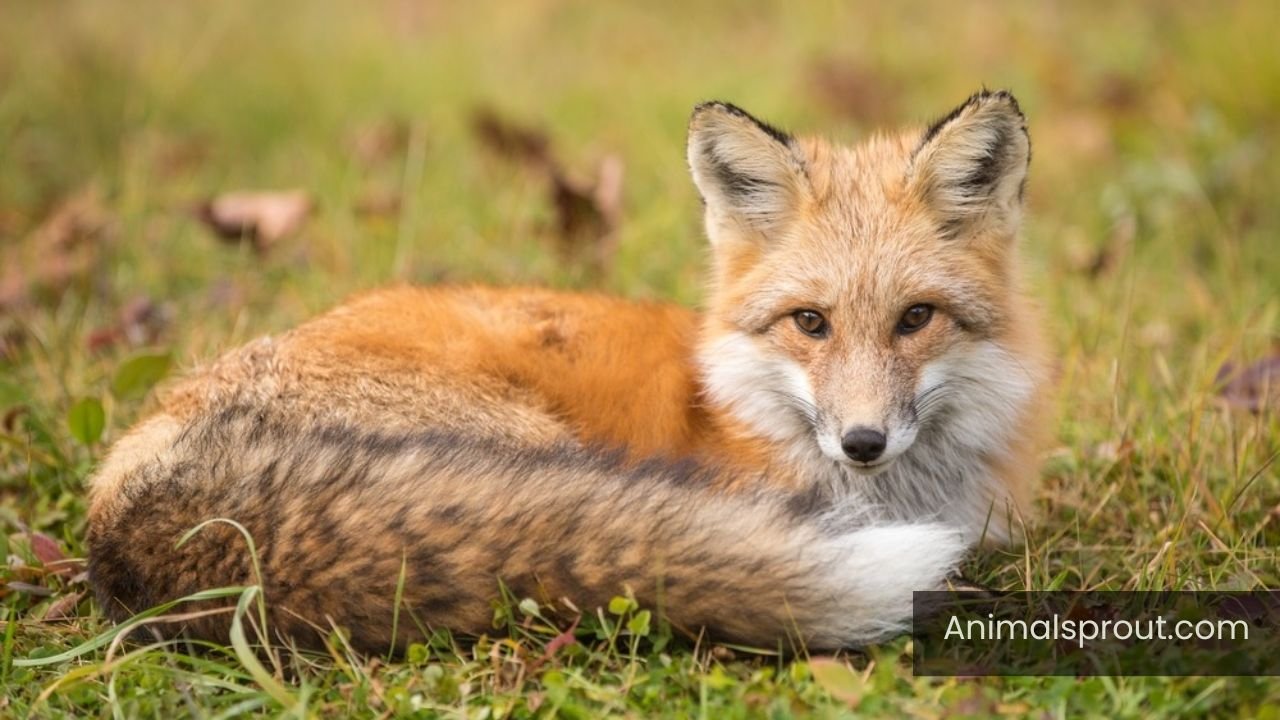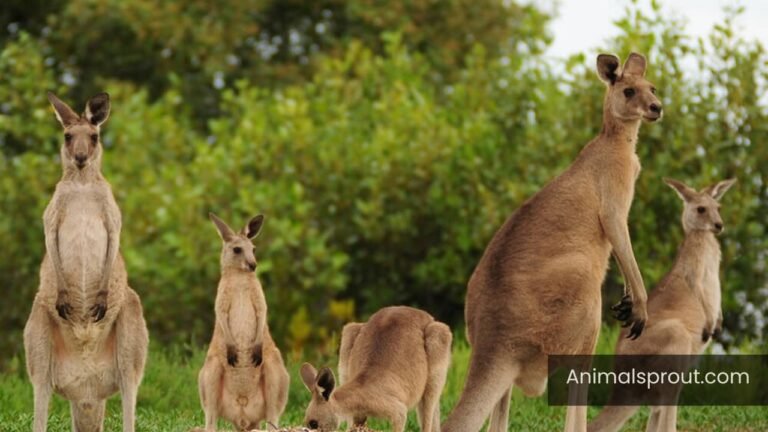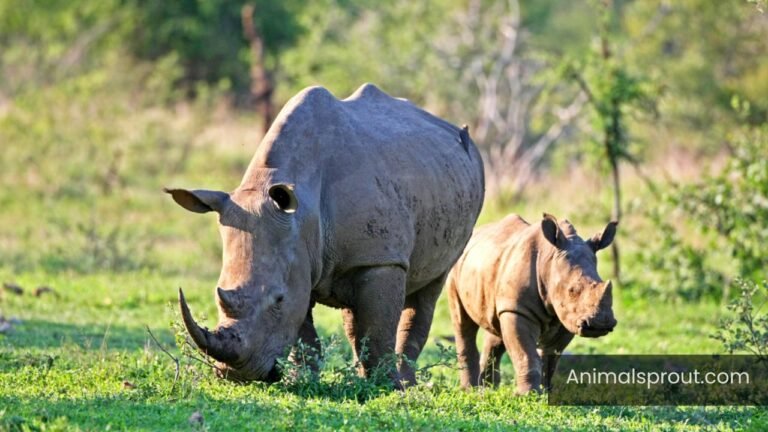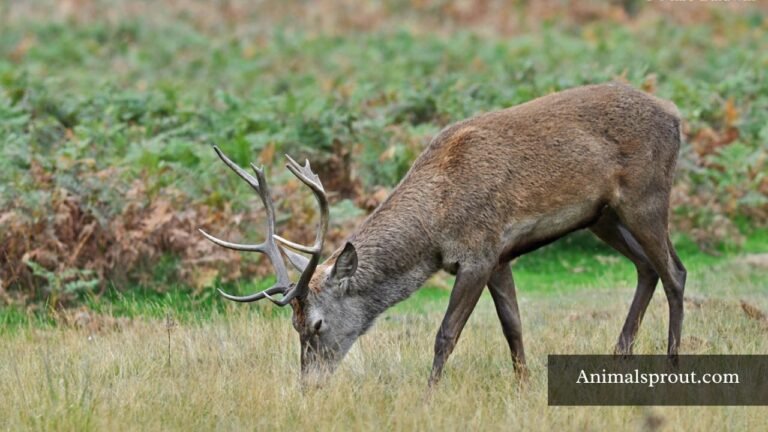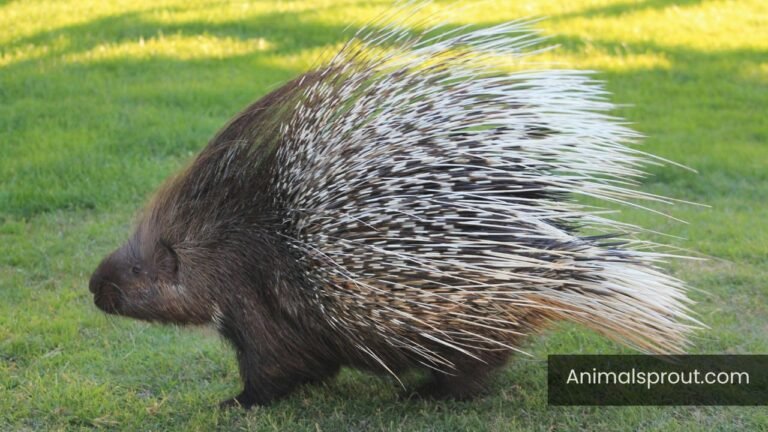Interesting Facts About Foxes: Why do Foxes Laugh?
In this article, we delve into the intriguing world of fox vocalizations to uncover the question: Why do foxes laugh? Understanding their laughter not only enriches our knowledge of wildlife behavior but also highlights the complex social interactions among these clever creatures. By the end, you’ll have a deeper appreciation for the role of laughter in the animal kingdom and its significance in fox communication.
Can Wild Foxes Laugh?
Scientific Name: Vulpes
Class: Mammalia
Diet: Omnivorous
The playful antics of wild foxes often evoke smiles and laughter in those fortunate enough to observe them. While they may not laugh in the same way humans do, foxes possess a fascinating range of vocalizations that express their emotions and interactions with one another. Researchers have documented a series of sounds resembling yips, barks, and even what some describe as a chortling noise, particularly during playful encounters. This vocal repertoire suggests that while they may not chuckle, they certainly communicate joy and excitement in their own unique way.

Moreover, the social dynamics of foxes add another layer to this inquiry. When engaging in playful behavior—such as chasing each other or play-fighting—these animals exhibit behaviors reminiscent of laughter, which can enhance social bonds within their family groups.
Readmore: Explore Top 18 Most Greedy Animals In The World.
Are Foxes People-Friendly?
Foxes possess a fascinating blend of wildness and curiosity, often leading to interactions that can seem surprisingly friendly. While they are primarily solitary creatures, their adaptability to urban environments has brought them closer to humans. In neighborhoods where food sources are abundant, foxes may become more comfortable around people, showcasing a level of social intelligence that invites intrigue. However, it’s essential to remember that this friendliness is not the same as domestication; foxes retain their instinctual behaviors, making them unpredictable companions.

Moreover, the perception of foxes as friendly can vary greatly depending on individual experiences and regional contexts. In some cultures, foxes are revered as clever beings, embodying trickster qualities that endear them to local folklore. This cultural lens can shape how we interact with these animals, fostering a sense of wonder and respect rather than fear. As urban wildlife continues to thrive, understanding the balance between admiration for their beauty and respecting their wild nature becomes crucial in ensuring peaceful coexistence. By appreciating foxes from a distance, we allow them to maintain their essential wildness while still enjoying the occasional delightful encounter.
Why Do Foxes Make Laughing Sounds?
Foxes are often celebrated for their playful nature, and their unique vocalizations play a significant role in their social interactions. The laughter-like sounds, often described as a series of high-pitched yips and barks, serve multiple purposes beyond mere communication. These vocalizations can indicate excitement or serve as a call to gather family members during a hunt, showcasing a sophisticated level of social organization among these clever creatures.
Interestingly, the context in which foxes emit these sounds can reveal much about their emotional state. For instance, during mating season, the laughter can escalate, reflecting both the thrill of courtship and the competitive dynamics between males. This blend of joy and competition illustrates the complex social structures that exist within fox families, revealing their ability to navigate relationships through vocal cues.
Also read: Explore Most Curious Animals In The World.
Do Gray Foxes Laugh?
Gray foxes, known for their elusive nature and charming antics, exhibit a range of vocalizations that can be mistaken for laughter. When they engage in playful interactions, particularly among kits or during mating season, they produce a series of high-pitched yips and barks that resonate with joy and excitement. Observers often describe these sounds as reminiscent of laughter, suggesting a complex emotional life beneath their stoic exterior.

This playful behavior serves not only as a bonding mechanism but also as a crucial part of their social structure, allowing them to communicate effectively within their family groups. Unlike many other canids, gray foxes are adept climbers and often incorporate their playful demeanor into their tree-climbing antics, making for a delightful spectacle. The perceived laughter is more than just noise; it reflects the intelligence and adaptability of these creatures, hinting at a deeper understanding of social dynamics in the wild.
Why Do Foxes Look Like They’re Smiling?
Foxes often appear to be wearing a perpetual smile, a feature that has captivated many animal lovers and sparked curiosity among observers. This seemingly cheerful expression arises from their facial structure, particularly the shape of their muzzles and the positioning of their mouths. Unlike other canids, foxes have a more elongated snout and a unique set of facial muscles that give them that charming, almost playful demeanor, which can easily be mistaken for a smile.
Moreover, this “smiling” look serves as an important social cue within their species. In the wild, foxes use body language and facial expressions to communicate with one another, and a relaxed mouth can indicate comfort and non-aggression. This friendly appearance may also play a role in human perception, encouraging a sense of connection and affection towards these clever creatures. By embodying this endearing expression, foxes navigate both their social interactions and their relationship with humans, blending charm with instinct in a way that fascinates us all.
Readmore: Explore Interesting Facts About Wolves: Do Wolves Purr?
Final Words
Why do Foxes Laugh? The laughter of foxes serves as a fascinating glimpse into their complex social behaviors and communication methods. This unique vocalization not only helps them bond with one another but also signals their emotions, from excitement to playfulness. Understanding why foxes laugh enriches our appreciation for these cunning creatures and the intricate ecosystems they inhabit. By observing their behavior, we can gain insights into the natural world and the importance of preserving it.
FAQs
Why do foxes laugh at each other?
Foxes don’t actually “laugh” in the way humans understand it, but they do communicate with a variety of vocalizations that can sometimes sound like laughter. These sounds are often made during social interactions, play, or when they feel excited. The playful yips and barks serve as a form of communication among foxes, helping to establish social bonds and convey emotions.
Do foxes laugh when happy?
Foxes don’t laugh in the same way humans do, but they do express joy and excitement through a variety of vocalizations and behaviors. When they are happy, foxes may emit a series of playful barks, yips, or even high-pitched screams that can sound somewhat like laughter.

